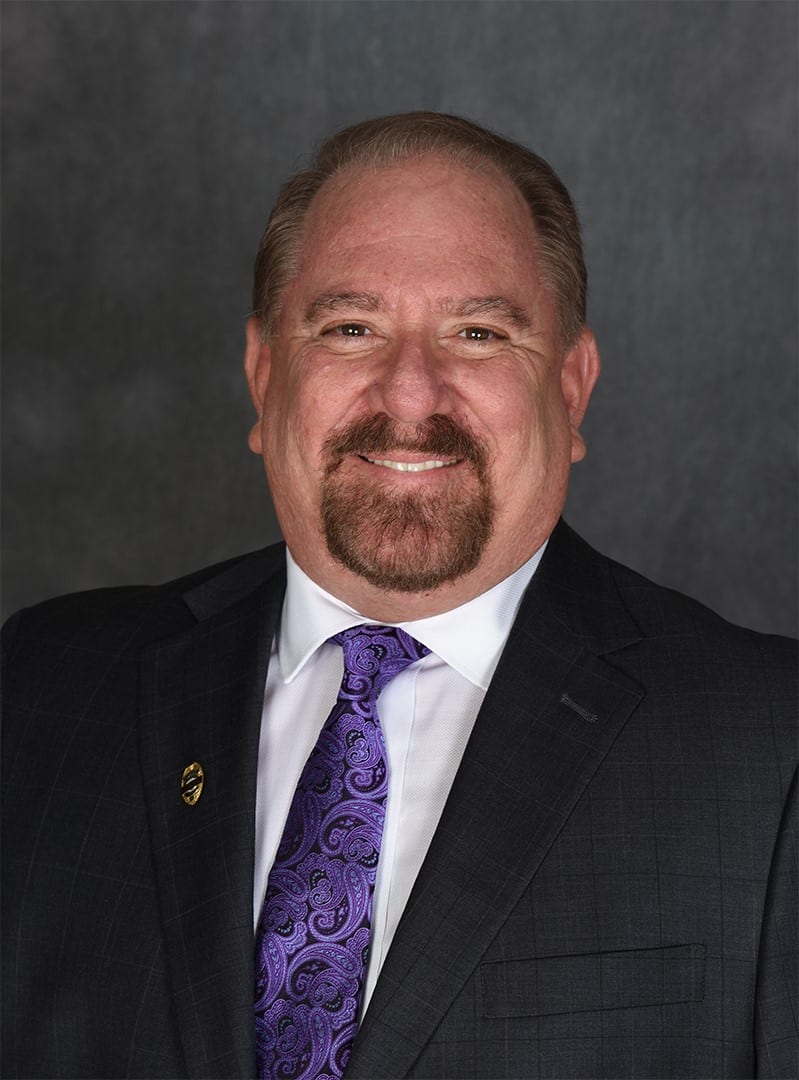IFSJ Influencer: Bob Caputo, President, American Fire Sprinkler Association
- December 1, 2022
- 8:30 am


Iain Hoey
Share this content
President of The American Sprinkler Association (ASFA) shares his views and predictions for the fire and safety industry for the year ahead
When I travel outside the US, I am surprised at how few buildings are protected with fire sprinklers. The growth and development of the global population with taller buildings in growing cities can only be sustained with the installation of water-based fire protection systems. This technology is the only way to protect the population due to the height of buildings and response times, obstructed by city traffic. The big areas I see as rapidly developing and most impacted by the need for fire protection systems continue to be storage and distribution facilities and large-scale residential occupancies.
Storage facilities have changed dramatically in terms of the increased fire challenge created by the amount of synthetics and other plastics (petroleum based) products and packaging materials compounded by increasing storage and building heights. Automated retrieval systems also add to the fire control challenge by removing flue spaces which normally allow heat to get to the ceiling sprinklers and allow water to cascade through to lower levels to attack the fire. The sprinkler manufacturers and the listing/approval labs can expect a long term, robust cycle of keeping the pace and staying ahead of the rate of change in storage methods and occupancies.
Secondly, residential occupancies, especially high-density occupancy like apartments and condos are outpacing the construction of single-family dwellings in the US and globally. Each resident exposes neighbouring residents to fires caused by human error, including unattended cooking, candles, or smoking materials. The greater use of residential sprinklers globally is another area that needs to expand rapidly, to keep pace with new, lighter weight construction materials with sprinkler manufacturers leading the way in technology to help provide better protection at reduced costs.
Like any mechanical system, water-based fire protection systems require periodic inspections and testing. NFPA 25 provides requirements for periodic inspection, testing and maintenance but these requirements are not as widely enforced in the robust manner necessary to ensure systems will operate as expected when the eventual emergency occurs. Unfortunately, when such events occur and these systems work as intended, the news media tends to report the incident as a water damage event as opposed to what would have been the result of uncontrolled fire.
When I look to the future, fire sprinklers offer the only solution to the fire and life safety equation. As we see shifting population growth, emerging vertical cities and the challenges of our changing globe, the fire protection industry is facing enormous growth and opportunities. Whether you believe in global warming or not, we are seeing higher temperatures, less rain in some places, with flooding in others. The construction industry in the USA is challenged by a shortage of manpower, inflation, and supply chain issues. The world is becoming smaller and smaller by the year with people working remotely from almost anywhere in the world.
I encourage everyone to remember that nothing good lasts forever, nor does anything bad. Controlling fire has been a challenge since the time of early man. Fire sprinklers are the answer!
About the influencer
Bob Caputo, President of the American Fire Sprinkler Association, is chair of the NFPA 24 and NFPA 291 Technical Committee and a member of multiple NFPA technical committees, including NFPA 13 and NFPA 25. Caputo is a contributor of the NFPA 13 and NFPA 25 Handbooks, and the NFPA Inspection Manual.
Caputo is an instructor at the National Fire Academy and an advisory board member at Oklahoma State University School of Fire Protection Engineering & Safety. Caputo’s industry distinctions include “Fire Prevention Officer of the Year” from San Diego County in 1994; “Man of the Year” from Fire Protection Contractor magazine in 1997; and the Henry S. Parmelee award from AFSA in 2017. Caputo attended the University of Albuquerque, New Mexico and is a US Navy veteran and former volunteer fire fighter.
This article was originally published in the November edition of IFSJ. To read your FREE digital copy, click here.



